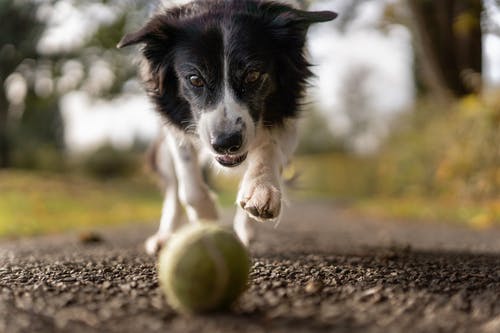Canine parvovirus is a severe and highly contagious disease that can affect dogs of all breeds and ages. As a responsible pet owner, it’s essential to understand the origin and mode of transmission of this life-threatening virus. In this article, we will dive into the world of canine parvovirus and explore the mystery behind its origin, how it spreads, and the crucial preventative measures you can take to protect your furry friend.
So, let’s get started on unraveling this enigma.
Origin of Canine Parvovirus
Canine parvovirus first emerged in the 1970s as a mutation of the feline panleukopenia virus or a similar virus. This deadly virus spread rapidly across the globe, causing widespread alarm among pet owners and veterinarians. As part of the Parvoviridae family, this virus mainly affects canines and is often labeled a silent killer among our beloved pets.
Parvovirus Transmission and Spread
Direct Dog-to-Dog Contact
One of the primary ways parvovirus spreads is through direct contact between dogs. This can occur when an infected dog interacts with a healthy one, making places like dog parks, kennels, and daycare centers potential hotspots for transmission. To ensure your dog’s safety, keep a close eye on them when they are in contact with other dogs, especially if the parvovirus is prevalent in your area.
Contact With Infected Feces
Parvovirus can also be transmitted through contact with contaminated feces. The virus is hardy and can survive in the environment for extended periods, making public areas where dogs may defecate a significant risk. Regular cleaning after your dog and avoiding contact with unsanitary areas can help prevent the spread of this virus.
Indirect Transmission Through Objects
It is crucial to be mindful of objects that can harbor the parvovirus. Kennel surfaces, food and water bowls, collars, leashes, and even human clothing and hands can serve as conduits for the virus. Proper sanitization and hygiene practices play a vital role in breaking the chain of infection.
Recognizing Canine Parvovirus Infection: Symptoms and Signs
Identifying the signs and symptoms of parvovirus infection is critical in preventing and addressing the disease. Some common symptoms include:
- Lethargy
- Loss of appetite
- Abdominal pain and bloating
- Low body temperature (hypothermia) or fever
- Vomiting
- Severe, bloody diarrhea
Keep track of your dog’s health and take prompt action if you notice any of these symptoms. Early intervention is essential for successful treatment and recovery.
Diagnosing Canine Parvovirus
Veterinarians typically diagnose canine parvovirus based on a combination of the dog’s history, physical examination, and laboratory tests, including fecal testing. If you suspect your dog is suffering from parvovirus, consult your veterinarian immediately.
Treating Canine Parvovirus Infection
While no specific drug can kill the virus in infected dogs, treatment generally involves intensive care and supportive measures. This includes addressing dehydration by replacing fluids, controlling vomiting and diarrhea, and preventing secondary infections. Quick action is imperative for successful outcomes, although treatment costs can be quite high.
Preventing Parvovirus Infection
Pet Vaccination
One of the most effective ways to prevent canine parvovirus is through vaccination. Puppy vaccinations are crucial during the first few months of life to provide adequate protection. Make sure to follow your veterinarian’s recommendations for your adult dog’s vaccination schedule as well. Regular vaccination keeps your furry friend safe and helps control the spread of the virus within the community.
Vet Surgery
While parvovirus typically does not involve surgical intervention, it’s essential to be aware of the different types of vet surgeries available to treat various health issues in dogs. Some examples include spaying and neutering, orthopedic surgeries, and the removal of tumors. If your dog requires surgery, consult your veterinarian to ensure a safe and successful procedure.
Senior Pet Care
As our pets grow older, they may require additional care and attention. Senior dogs may be more susceptible to various health problems, including parvovirus. To ensure the well-being of your aging furry companion, it’s vital to find out more about senior pet care and consult your veterinarian for tailored advice and recommendations. By addressing the unique needs of senior dogs, we can help them stay healthy and thrive for years to come.
Final Thoughts
Understanding canine parvovirus’s origin, transmission, and prevention is crucial in keeping our furry friends safe. The key to tackling this deadly virus lies in prompt action, proper vaccination, and preventative measures. As responsible pet owners, we can make a world of difference by staying vigilant, providing timely care, and understanding the unique needs of our beloved pets. Together, we can fight against parvovirus and ensure our dogs live healthy and happy lives.

